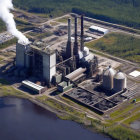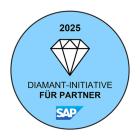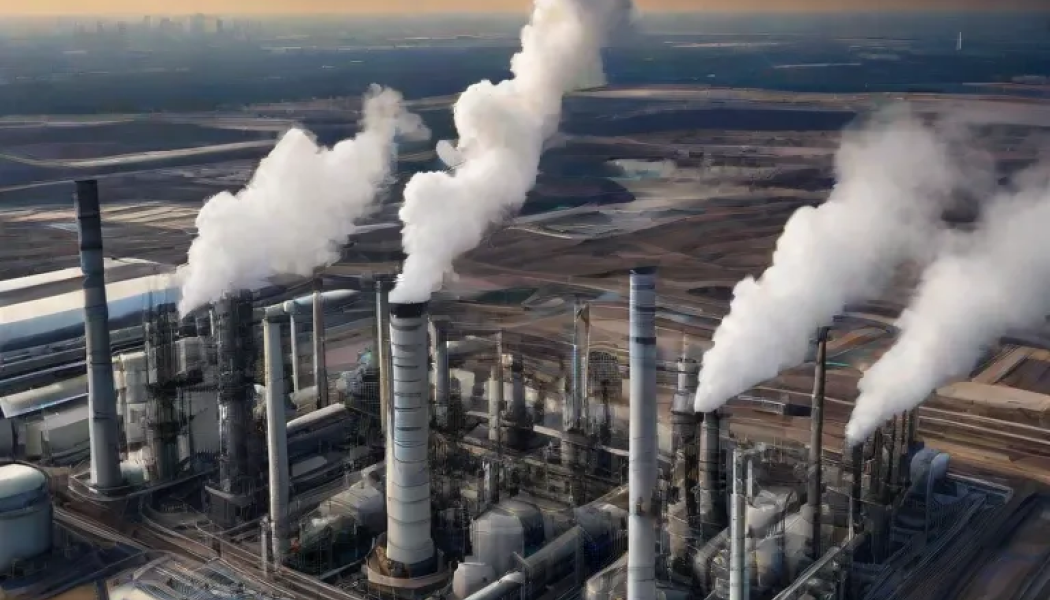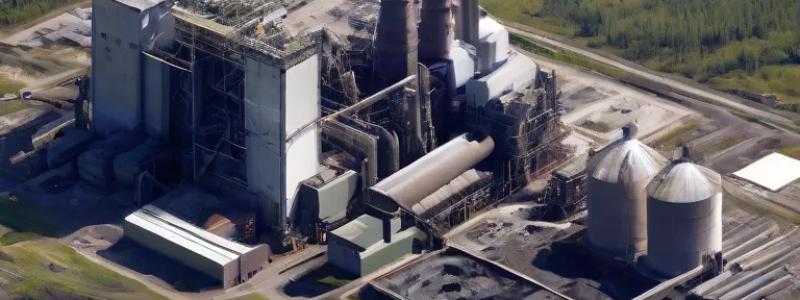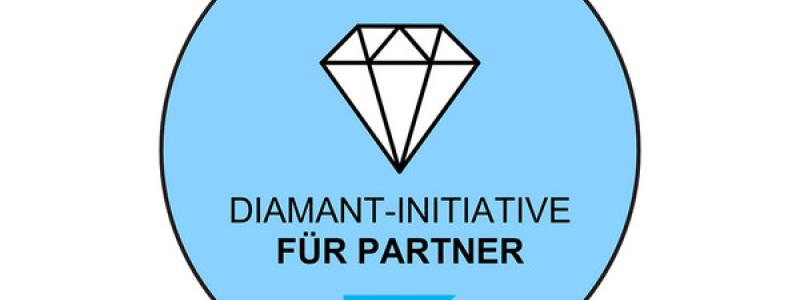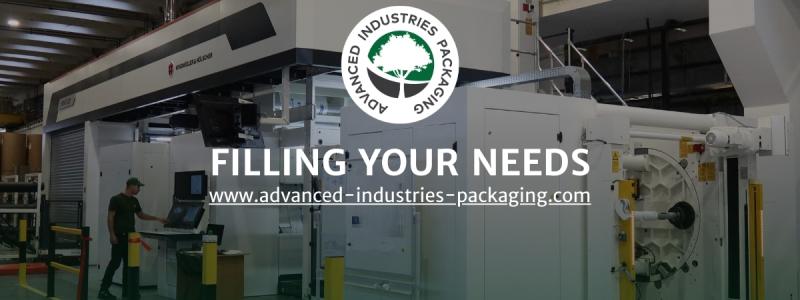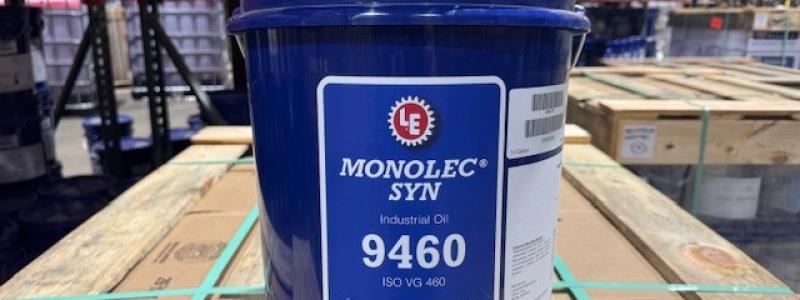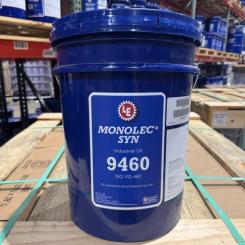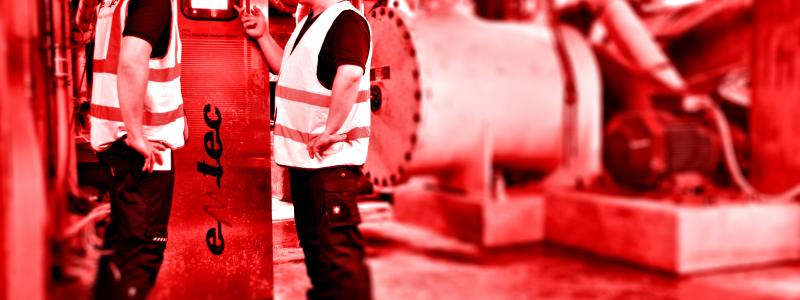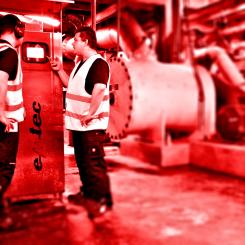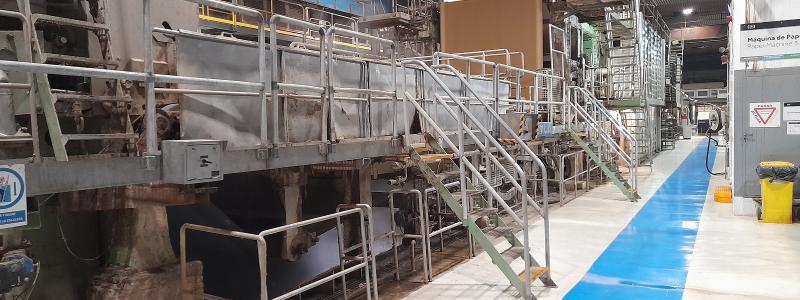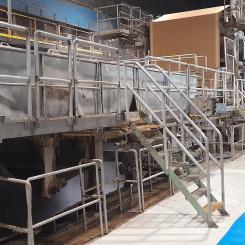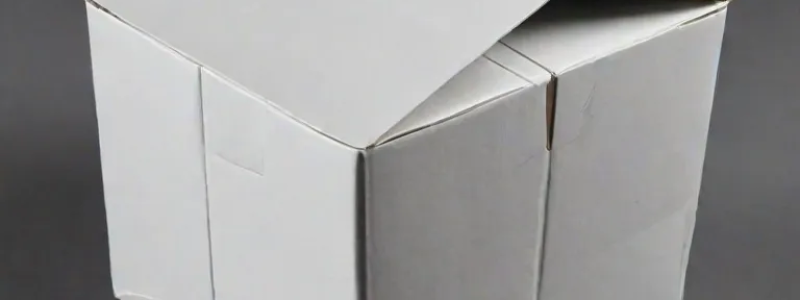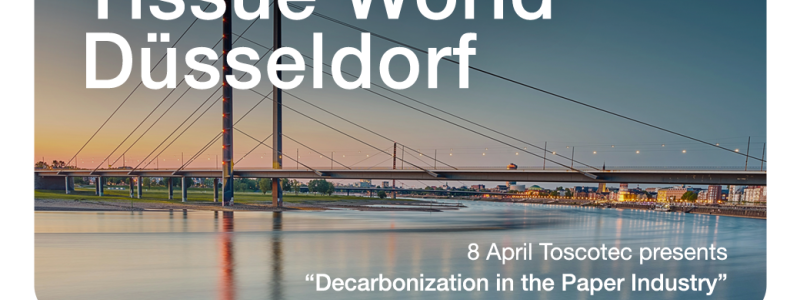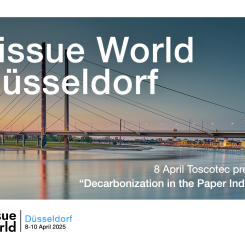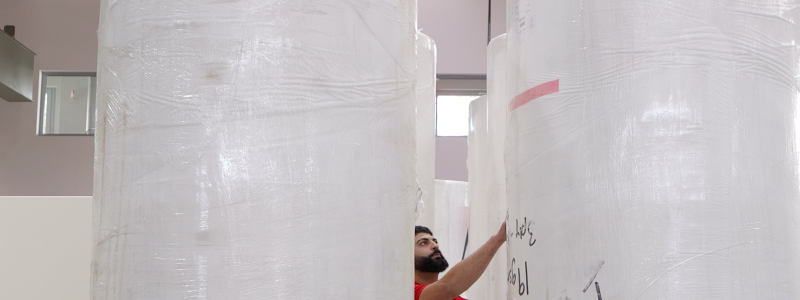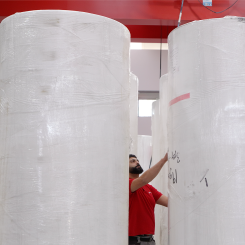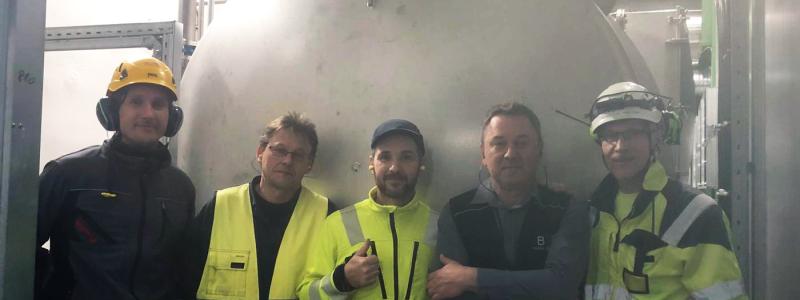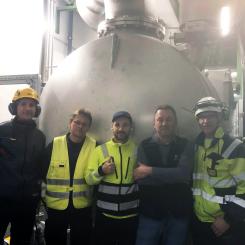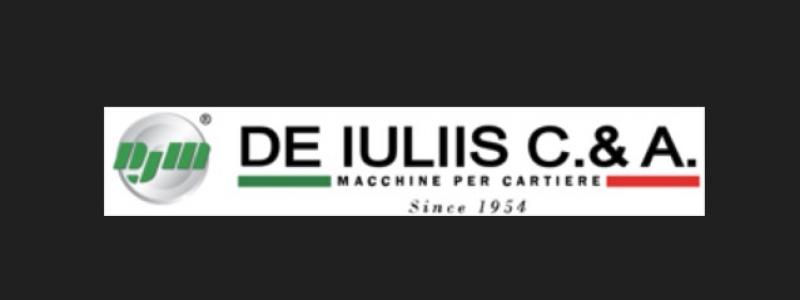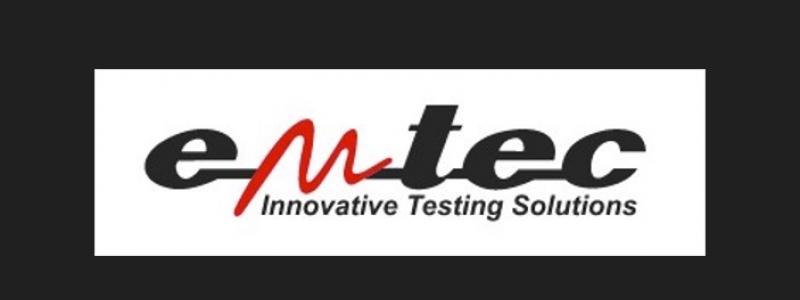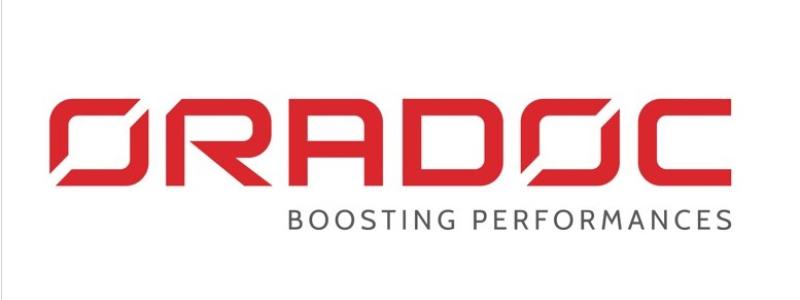In a recent blog post Metsä Group’s VP, Energy, Pirita Mikkanen sheds light on the complexity of carbon capture in the pulp and paper industry. The blog post ”High hopes for carbon capture” reads as follows:
There are a lot of expectations for carbon capture. It is considered a key method for controlling the warming of the atmosphere.
Carbon capture often sounds easy in the public discussion: all you need to do is recover carbon dioxide from the chimney and store it somewhere so that it cannot be released into the atmosphere. There is certainly good reason for such high hopes – capture technology has been known for decades. There are dozens of plants operating across the globe that capture carbon dioxide from the flue gases of mills.
However, it should be kept in mind that carbon capture is not always profitable because the technology is expensive and the market for the product is undeveloped. And even though the technology is old and well-known, it has not been used at a pulp mill’s recovery boiler, for example.
Metsä Group is thus carrying out pioneering work by building a pilot plant for carbon capture at the Rauma pulp mill. Our goal is to turn carbon dioxide into a commercially viable product. The project seems promising, but it also includes uncertainties that need to be solved.
The most important thing to investigate concerns energy. A pulp mill generates large amounts of heat, created through the burning of black liquor in the mill’s recovery boiler. Black liquor is obtained as a by-product of the pulping process. The heat is used to produce steam which, in turn, is used in the process as well as to generate electricity that is both used at the mill and sold to outside parties. Steam is also needed for carbon capture. We are carrying out an investigation to find the optimal solution for using the energy.
The potential of the project is great since carbon dioxide can be used in the chemical industry and hydrogen economy.
If methanol or fuels, for example, are to be produced in Finland, hydrogen is needed in addition to carbon dioxide. Hydrogen production, on the other hand, requires a lot of electricity. As the amount of wind power increases, hydrogen produced with electricity can be used to store energy that is dependent on the weather.
It is important that further processing takes place in Finland. It is not sensible for us to export hydrogen produced with affordable electricity to Central Europe, for example. It should rather be processed here in Finland.
For this, a political push is needed. This has already happened: carbon dioxide is no longer considered just an emission in the regulations, but also a raw material, making the development work easier.
Let’s hope that people in Brussels keep in mind not to equate the burning of raw wood and heat generated during pulp manufacturing in regulations. Even though the goal was to discontinue the burning of wood for energy, energy is inevitably generated during pulp manufacturing as a by-product of the chemical recovery process. This energy production should not be subjected to similar restrictions as the burning of wood.

